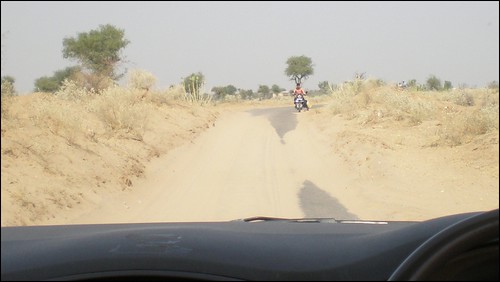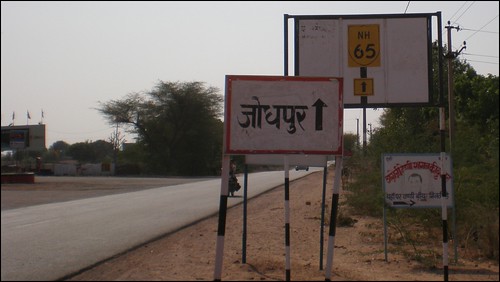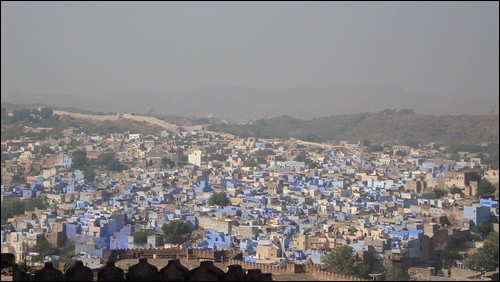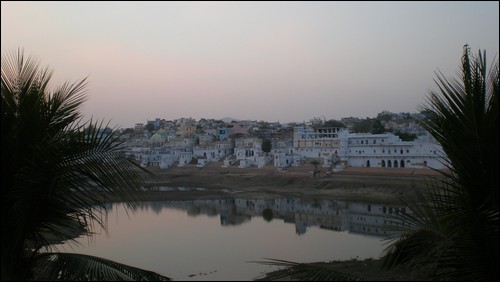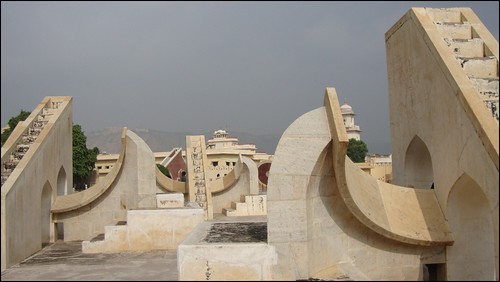 Bahubali in Shravanabelagola: The world's largest stone monolith at 57 feet
Shravanabelagola, India
Bahubali in Shravanabelagola: The world's largest stone monolith at 57 feet
Shravanabelagola, India
Approximately one hundred fifty kilometers west of Bangalore, in the Hassan District of the Indian state of Karnataka, stands the world's largest stone monolith. The statue is of the Jain teacher, Bahubali, and he sits atop Chandragiri Hill in Shravanabelagola. Carved in the tenth century, this statue received the most votes in the
Times of India newspaper's listing of twenty candidate sites to become the Seven Wonders of India.
Harmandir Sahib (
The Golden Temple) and
Taj Mahal came in second and third place, respectively.
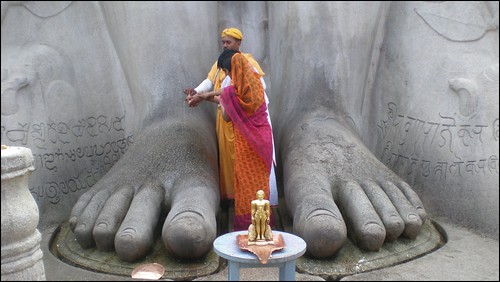 You can really get an idea of the size of Bahubali with this picture
You can really get an idea of the size of Bahubali with this picture
Bahubali is revered by Jains because he was the first to attain moksha, or total enlightenment and freedom from death and rebirth. Shravanabelagola is a major Jain pilgrimage, and every twelve years the Mahamastakabhisheka is celebrated, where Bahubali is coated in milk, saffron and powdered sandalwood; and given offerings of food and precious metals. The next celebration will be in 2018, so mark your calendars.
Shravanabelagola roughly translates from Kannada to mean "The beautiful pool in the center of town."
Bahubali ( बाहुबली )
Bahubali, or Gommateshvara, was the second of one hundred brothers. His older brother, Bharat, did not appreciate the fact that the land his younger brother ruled over was more prosperous than his, so he decided to take it by force. Soon into battle, it was decided that war would end in too much suffering for both kingdoms, so Bharat and Bahubali should have a contest of strength to determine the victor. Each would hit the other over the head until one admitted defeat. Since he was older, Bharat delivered the first blow, almost knocking Bahubali unconscious. Bahubali, whose name means "arms of strength", realized in mid-swing that if he landed his fist on his brother's head, Bharat would surely die. Already in an attack position, he could not stop because of the warrior code. If he stayed his hand, he would lose his position of power over his kingdom for breaking the Kshatriya attack protocol. In order to save his brother and to maintain his warrior status, he grabbed his own hair, ripping it from his head and struck the ground. Bahubali then gave over his kingdom to his brother and went off to live an ascetic life.
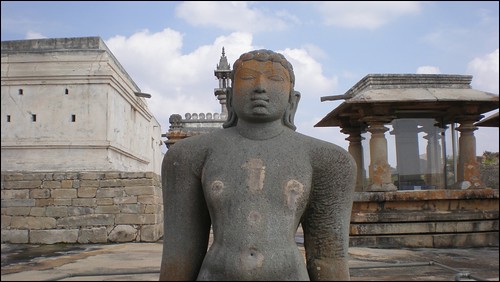 Statue of Bharat on the hill opposite where Bahubali stands
Statue of Bharat on the hill opposite where Bahubali stands
Bharat approached the meditating Bahubali several times, to return the kingdom, and even later to give over both kingdoms. Bahubali was not interested and remained deep in meditation, until he attained moksha. It is said that the statue of Bahubali is really Bahubali. Others say that Bharat fired his bow at the hilltop and the rock split by his arrow took the shape of the statue. The statue atop Vindyagiri Hill in Shravanabelagola won't tell us the true story, neither will the smaller statue of Bahubali's brother on Chandragiri Hill.
Chandragiri Hill
 You can see Bahubali on top of Vindyagiri Hill from Chandragiri Hill
You can see Bahubali on top of Vindyagiri Hill from Chandragiri Hill
Just opposite Vindyagiri Hill, past the sarovar, is Chandragiri Hill. While it does not have a huge statue of a siddha on it, it does have a dozen or so bastis, or Jain temples. I particularly liked roaming around this hill, as there were very few people around. You could really enjoy the scenery, take your time examining the old writing on the rocks and spend time inside the shrines.
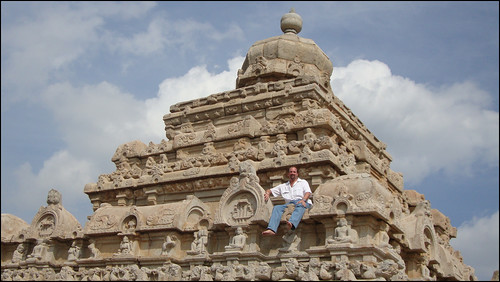 One of the many Jain temples on Chandragiri Hill
One of the many Jain temples on Chandragiri Hill
A few things to note about this day excursion from Bangalore. First, you cannot wear shoes on either hill, so just leave them in the car for the day. Second, there are a lot of steps; repeat, a lot of steps involved getting to the top of either one of these hills. Third, carry some water with you, as there are no vendors waiting to sell you cold drinks at the top of these hills. Finally, carry more water than what you think you would like to drink, as you should remain hydrated.
Click here for more pictures from our trip to Shravanabelagola.
